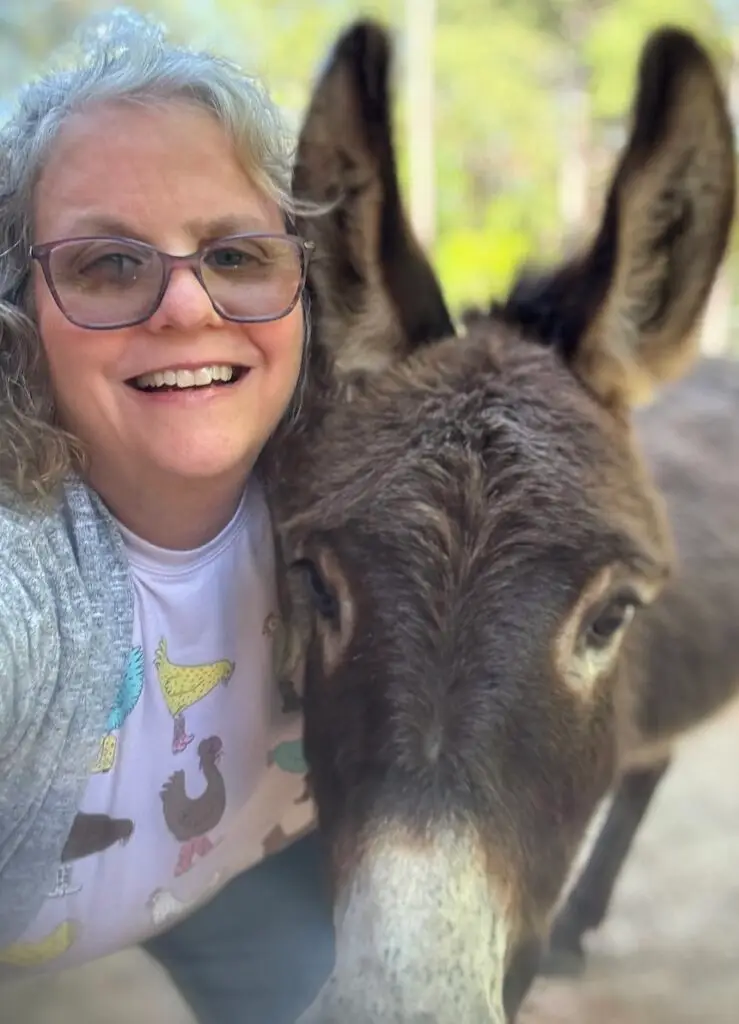There is something magical about planting a seed and watching it grow into a plant that produces foods you love. Growing a garden can provide access to fresh, healthier foods and is good for your mental and physical well-being. Having a garden can help you control the types of foods you put in your body, instead of produce with herbicides or other harmful chemicals.

Dirt is Therapeutic
Something about digging in the dirt is therapeutic. I’m not a biologist, but there’s something about playing in the dirt that can have a positive impact on our mental health and well-being. This is due to a microorganism found in the soil, which stimulates the body to boost the production of serotonin, a chemical that can reduce stress and improve our cognitive function. So, digging in the dirt is good for you. Read more about why dirt may be nature’s original stress-buster.
Start a Small Garden
You don’t need a lot of land or a giant garden to grow your own fruit and vegetables. You can grow them on your porch or patio. Raised beds, container gardening, or even a small patch in your yard can be enough to get started. We used the growing bags to plant tomatoes a couple of years ago and had the best tomatoes ever.
You will also want to consider whether you are going to start plants from seeds or buy them from your local feed and seed store, such as Lowe’s, Tractor Supply, Walmart, etc.
If you want to grow plants from seeds, where are you going to get your seeds? Do you want heirloom seeds (recommended)?
Try This:
- Plant a few herbs on your windowsill or porch
- Start with a small raised bed of tomatoes or a few large pots.
- Try a small Hydroponics Growing System for an indoor garden.
- Learn about companion planting to make the most of your space.
Designing A Small Garden:
Some homesteaders often design gardens and landscapes based on permaculture principles, which mimic natural ecosystems. These methods ensure soil health, reduce water use, and promote biodiversity. This concept can be complex. Basically, the concept is about what is good for the earth, what is good for people, and fair sharing. I have shared some methods we have used on our small farm.
My husband and I decided a few years ago to plant shrubs, trees, or plants that are edible, medicinal, or attract pollinators to our property. There have been challenges with heat/cold, water, wildlife, or poor soil quality. As I posted earlier, we are avid composters, and our compost has improved our soil quality, which is better for plants. Read about composting from my previous blog post.
Consider decorating your landscape with edible plants around your home or in flower beds. Tomatoes, peppers, lettuce, and herbs are easy to grow and don’t require much space. Before planting different plants together, learn about companion planting. Companion planting is when plants benefit from being grown together. Plant flowers like Marigolds, or sunflowers with veggies for natural pest control.

We regularly use a Native American planting method called the Three Sisters. Three Sisters involves planting corn, beans, and squash together, creating a natural partnership that boosts growth and enriches the soil. Corn gives the beans a tall stalk to climb, beans return nitrogen to the soil, and squash spreads out to provide shade and moisture retention like a living mulch. Read more about companion planting.
Things To Consider Before Planting
Try some of these planting practices to produce your garden. Whether planting directly in the ground or using containers or both you will want to take a moment and look at the surroundings. While it’s exciting to get started on a new garden, take some time just to observe. Where is the sun? The water? The wind?, like us, it may seem like a lot of work, but you and your family will reap the benefits. <3
I would love to hear about your experiences. Leave comments to share your experiences.




Leave a Reply